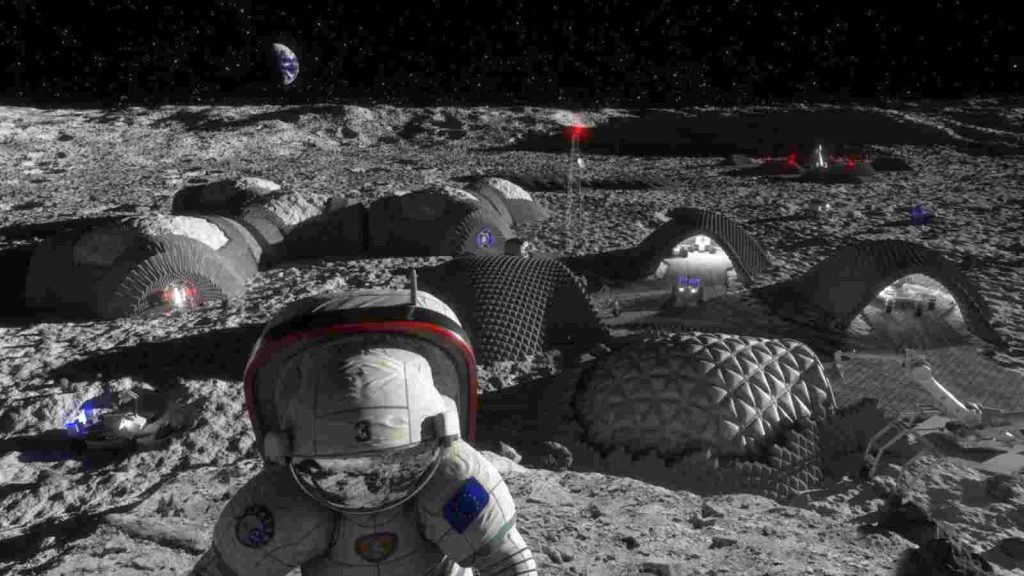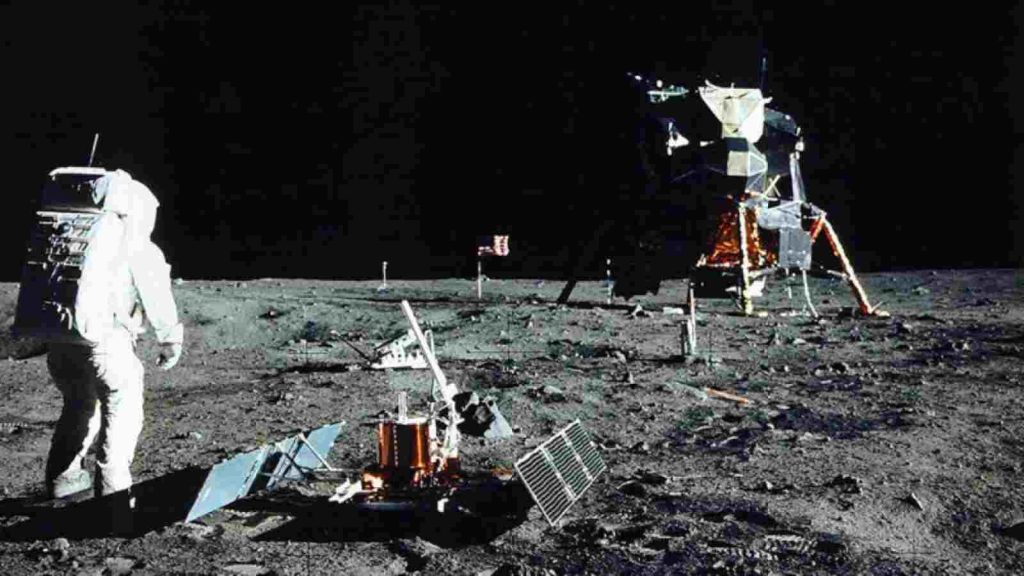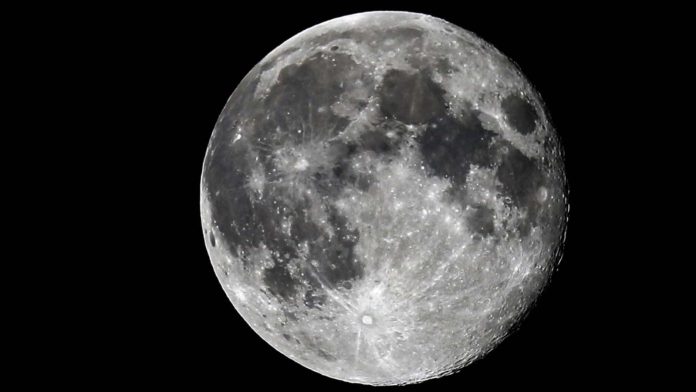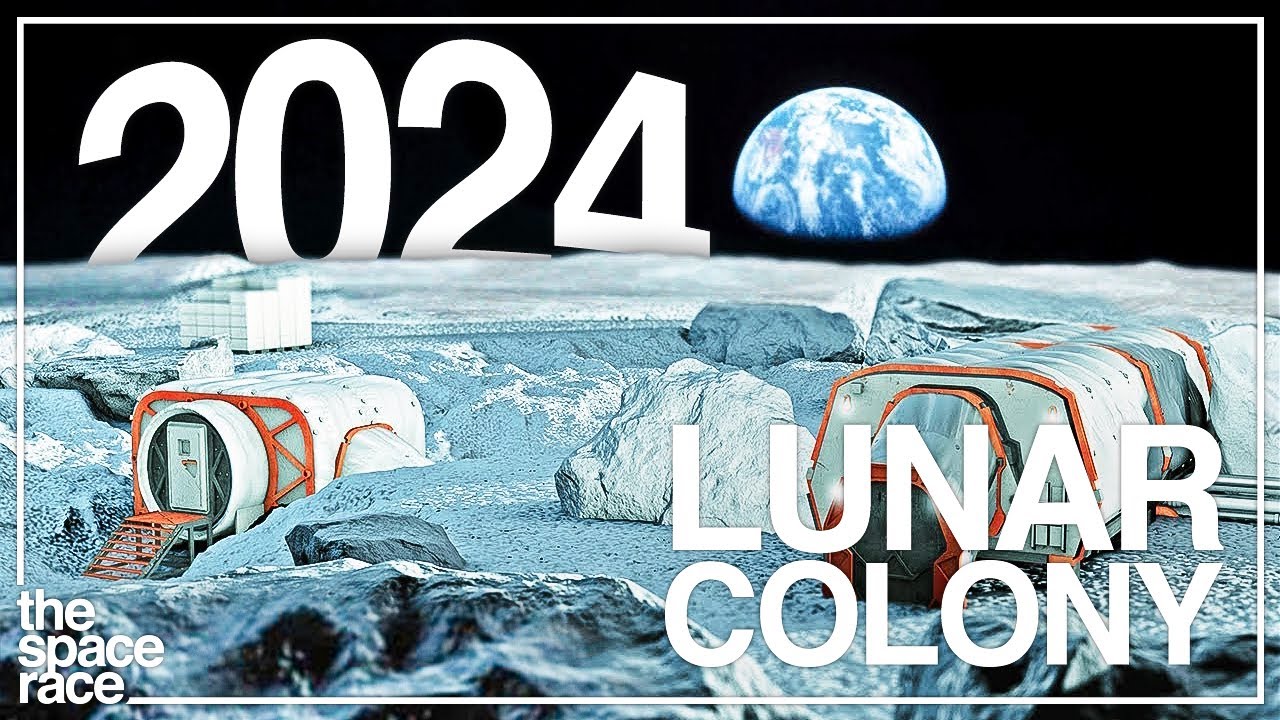The first mission in NASA’s Artemis program finally took the Orion spacecraft on a trip around the moon, a huge step forward for the ambitious plan to bring humans to the lunar surface as soon as 2025. It’s also the beginning of the White House’s far-reaching ambitions for a permanent outpost on the moon.
The White House’s national science and technology council last week released its new “National Cislunar Science and Technology Strategy,” a wide-ranging document that explains the Biden administration’s objectives for cislunar space, which is the area under the gravitational influence of the Earth and the moon. The strategy outlines the possible colonization on moon.
Read More: Elon Musk Might, After All, Be Right: Nostradamus Backs Up The Dream Of Men On Mars
Is Biden Administration Trying To Colonize Moon?

The White House’s, “National Cislunar Science and Technology Strategy,” outlines four primary goals. They include investing in research and development, cooperating with other countries, building communications networks in space, and boosting humanity’s overall situational awareness near and on the moon.
What this plan also hints at, however, is a range of open legal, political, and environmental questions about how life on the lunar surface should work. “The test missions, like Artemis 1 going on now, and the next crewed mission and then the first landing, are fairly well laid out,” Scott Pace, the director of George Washington University’s Space Policy Institute, told Recode. “The question is, ‘Well, what comes next?’”
Part of the answer to that question is “advancing science.” The United States, for example, is interested in how to use the far side of the moon, a shielded zone of the moon that doesn’t experience radio frequencies coming from Earth, to make new types of astronomical observations. Developing resources and technology on the lunar surface could eventually make it easier to launch future missions to Mars.
Read More: What Is The Great Filter Theory? Could Humans Be The Reason For Our Possible-Future-Great Filter?
Why The White House Is Keen On Exploring The Lunar Surface?

The government is interested in the moon for reasons that go far beyond expanding humanity’s knowledge of the universe. The White House’s new strategy emphasizes the “economic development activities” and “economic growth” available in cislunar space and on the moon, and also outlines the government’s political goals, including “realizing US leadership.”
“It’s very clear that this is not just about the research and the science, but it’s also going to be about the economic prospects from the moon,” explained Namrata Goswami, an independent space policy analyst. “Until now, the US has been very reticent to so clearly engage in a manufacturing use of lunar resources.”
Should the US succeed in its goals, the moon could eventually look quite different, Pace argues. Lunar orbit would be filled with many more satellites, including a lunar GPS network and a human space station capable of housing human astronauts that serves as a rest stop before they land on the moon’s surface.
While there are no plans for a lunar city, there are proposals for a permanent outpost on the south pole of the moon, where crews might one day spend six-month rotations (China and Russia have announced plans for a lunar outpost, too). If NASA has its way, the lunar surface might eventually include a series of nuclear power plants, a resource extraction operation, and even something akin to moon internet.
Given these plans, the US government estimates that the level of human activity in cislunar space over the next decade could exceed everything that’s happened there between 1957 and today, combined. However, the White House’s plan face several hurdles to make that happen any time soon.
Read More: “We Are Not Alone”: Twitter Can’t Get Over ‘Deepest’ View Of The Universe Unveiled By NASA






